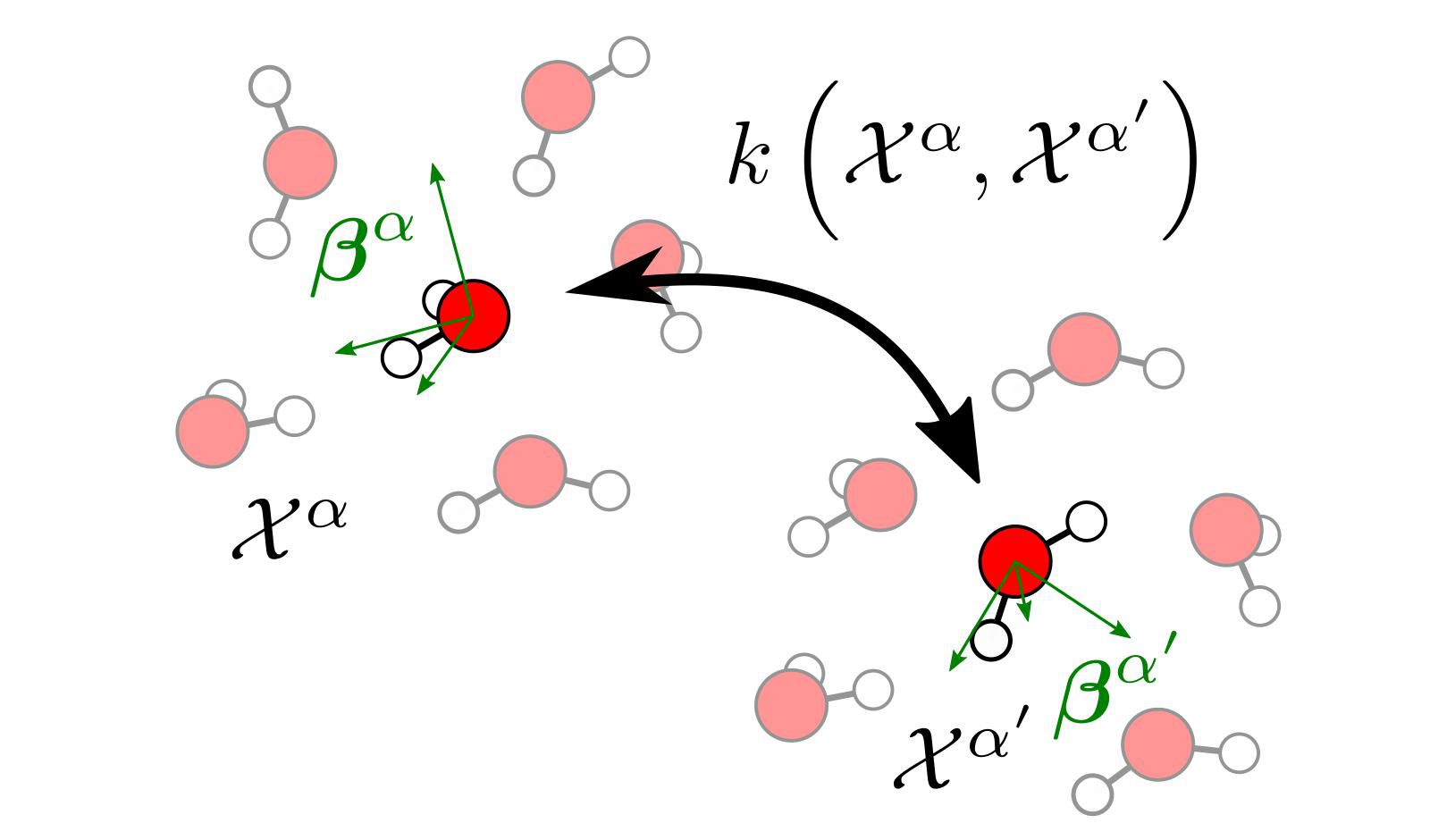
Second-Harmonic Scatteringh (SHS) experiments provide a unique approach to probe noncentrosymmetric environments in aqueous media, from bulk solutions to interfaces, living cells and tissue. Modelling of experiments – such as those performed at the Laboratory for Fundamental Biophotonics – has been based on several assuptions: for instance, the signal generated by water and other bulk molecular liquids have long been assumed to be insensitive to interactions between the molecules. The measured intensity is generally thought to arise from incoherent scattering due to individual molecules. Furthermore, it is generally assumed that each molecule scatters light according to a constant molecular hyperpolarizability tensor.
In order to advance the computational modelling of SHS experiments, we put these assumptions to the test, at the same time developing modelling techniques that can account fully for the correlations that exist in dipolar fluids, and for the strong dependence of the molecular non-linear response on the environment, and the quantum mechanical fluctuations of the atoms. Quantitative modelling of the SHS measurements might soon be possible, making it possible to use this sensitive technique to investigate solutions, interfaces, and biological systems.